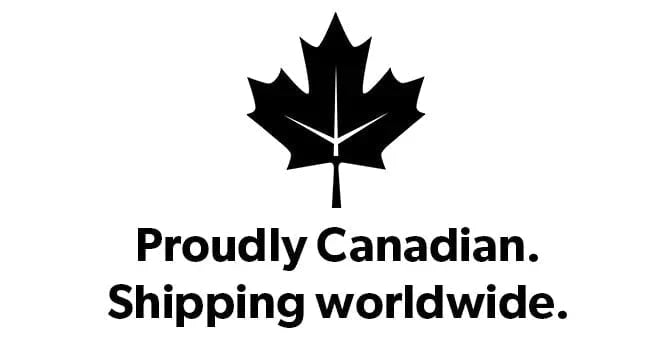Vaughn Velocity V9 Intermediate Goalie Pants
- 0 left in stock
Free Shipping Over $200

Fast Easy Returns

Best Price Promise
Features
- Taper fit waist
- Taller front waist section with HD inserts
- Wider at hips for added room
- Added volume in front area to give more room for double cup
- Front panel design gives added flex to pant
- Large segmented side groin pads
- Padded belt adds protection
- Flared waist section for easier torso movement
- Full wraparound thigh guards
- Inner thigh padding increases protection
- Aero-Spacer mesh lining for comfort and ventilation
- Molded hip padding with added cushion pads
- Available in Black, Navy, and Red
- Available in sizes M (24-26), L (26-28), XL (28-30), XXL (30-32). Actual waist size.
Features
- Taper fit waist
- Taller front waist section with HD inserts
- Wider at hips for added room
- Added volume in front area to give more room for double cup
- Front panel design gives added flex to pant
- Large segmented side groin pads
- Padded belt adds protection
- Flared waist section for easier torso movement
- Full wraparound thigh guards
- Inner thigh padding increases protection
- Aero-Spacer mesh lining for comfort and ventilation
- Molded hip padding with added cushion pads
- Available in Black, Navy, and Red
- Available in sizes M (24-26), L (26-28), XL (28-30), XXL (30-32). Actual waist size.
Great pants at a great price
| Goal Pant Size | Waist Size | |
|---|---|---|
| Medium | 24” – 26” | 61 – 66 cm |
| Large | 26” – 28” | 66 – 71 cm |
| Extra Large | 28” – 30” | 71 – 76 cm |
| Extra Extra Large | 30” – 32” | 76 – 81 cm |
Goalie Pants Sizing
Goalie pants offer substantially more protection than their player counterparts: the hips are reinforced with high-density foam instead of a thin layer of nylon/elastic, the thighs of a goal pant are usually squared off for coverage purposes and made with thick plastic and foam while the waist is also beefed up to protect vital organs. Lastly, the way the two pants move is even different: player pants are designed to move back and forth while goal pants are more effective for lateral movements.
Properly sized goal pants are the difference between having your chest protector ride up and seamless integration for unrestricted movement. After all, they do connect the biggest pieces of gear a goaltender wears—their chest/arm and leg pads.
The first step is to approximate the size using the sizing charts listed on any individual goal pant’s product page on our website. Usually this is accomplished by matching a waist to a given size. Sometimes companies (ex. Vaughn) will list an oversized waist; you can match your size by adding 8” – 10” to your measured size to effectively use the chart. Matching up waist sizes exactly isn’t always necessary. It is very common for goalies to wear pants that are wider to increase net coverage, mobility and comfort.
Unlike player pants, the goalie version isn’t necessarily always worn directly on the waist. It is very common for goaltenders to wear their pants high on the waist (oversized) with suspenders, or so low and loose (undersized) that the leg pads are the only things holding them in place. After deciding which one feels more comfortable for your playing style, it is important that the pant is sized such that they terminate above the kneecap—leaving ample room for the knee wing of the leg pad to rest on the inside edge of the knee.
Another thing to consider is if the goalie wears his/her chest protector tucked into the pant or outside. If you’re the former, a pant with an internal belt, non-tapered waist and bigger size is going to accommodate the extra bulk from the chest/arm. On the other hand, if you’re wearing the chest protector on the outside, a tapered waist is going to reduce interference and improve feel.
Lastly, it is crucial to ensure that the pant works well with additional knee protection and the leg pads as well. We recommend trying everything on at once to make sure there is limited interference and that there is enough space in the thigh cradle (inside the pant’s leg) for knee protection to reside without overly restricting movement.











